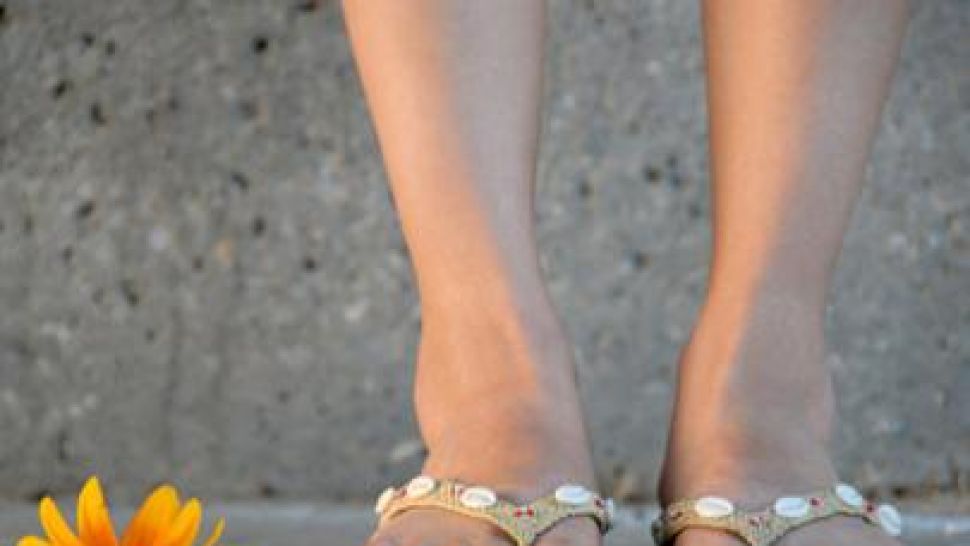Fungi are spread by spores, which can be spread by skin contact with an infected surface. The most favorable environment for the development of fungal spores is provided by warm, moist places, such as public bathrooms, swimming pools, and closed, non-ventilating shoes.
On the human body, the fungus develops best on the feet and between the toes – places where moisture and heat provide an optimal environment for the development of spores. Other preferred places for the development of the fungus are the genitals and the head.
In case of a fungal infection, the skin in the affected area becomes red, itches strongly, and peels. An unpleasant odor, small sores, or pus-filled pimples may also appear. According to experts, fungal infections affect smokers and diabetics more often, due to the reduced resistance of the body.
A common mistake made by patients is self-medication. Many infected people buy an antifungal agent from the pharmacy without consulting a specialist. Doctors are adamant that the action of antifungal preparations is not always effective and the results appear after a rather long period of treatment. One in two, however, stops their therapy too soon and the fungal infection spreads again. It is good to consult a specialist at the very beginning to establish the exact cause and prescribe adequate therapy.
The most common consequence of improper treatment of fungi is their spread on the hands, scalp, mucous membranes, and nails. Bacteria can easily enter the affected areas and cause complications.
Nail fungus is a common problem that patients do not pay enough attention to. It is estimated that 8% of people suffer from nail fungus, and only 20% of those affected have sought timely consultation with a specialist.
The symptoms by which nail fungus can be recognized are:
nails remain dull
white, yellow, or brown spots appear
the nail plate hardens and lifts at the edges
nails become easily brittle
Fungal colonies on the nails develop slowly, but their destruction is an even slower and more difficult process. Treatment of fungal infections on the hands can last 6 to 8 months and on the feet 9 to 12 months. Dermatologists are adamant that in these cases, skin antifungal agents do not give any results.
To treat nail fungus, there are special lotions and varnishes that are applied to the affected areas. In more severe cases, it may be necessary to take additional tablets with antimycotic action.
Shoes that do not allow enough air and cause sweating can be the reason for the development of fungus in them and on the feet themselves. This leads to a foul smell, itching, and complications of yeast infection if it is not treated properly.
To protect your feet and nails from fungal infections during hot summers, follow these rules:
Wash your feet regularly with soap and be sure to dry them well, especially between the toes.
When in public pools, gyms, and saunas, do not go barefoot, but always use breathable shoes or slippers.
Do not wear narrow and closed shoes that do not allow the foot to air. The most suitable for the summer heat are sandals and shoes made of natural materials – fabric or leather, which allow the feet and toes to “breathe”.
Do not use foreign flip-flops or shoes.
At the first signs of a fungal infection of the feet and nails, a specialist should be consulted and the problem treated promptly.
